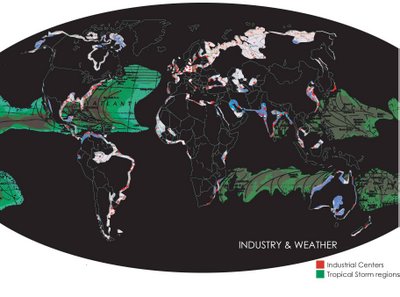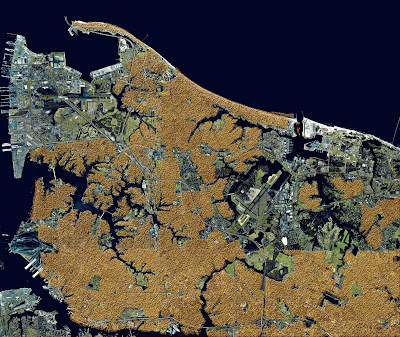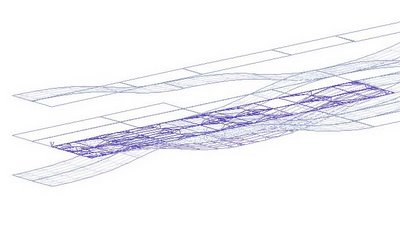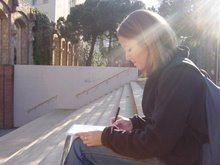Over the last 100 years, sea level has risen 10 to 25 cm and will continue to rise 1 meter each century. A serious problem facing global regions around the world, global warming is slowly deteriorating our planet, warming the seas, and causing dangerous increases in the overall sea level. Several regions are already experiencing the dangerous effects. Carbon dioxide pollution is one of the most significant causes leading to an increase in air temperature. A datascape was constructed by mapping the level of carbon dioxide emissions per country and the level of increase in air temperature. Through analyzing the causes contributing to global warming, targeted areas were found to be killing themselves: regions that are facing immediate dangers of lost land to the sea as well as one of the leading producers of carbon dioxide emissions. The regions must combat the process or face extinction. A newly released movie, An Inconvenient Truth, looks at the approaching outcome.




SITE ANALYSIS
Several of the regions face greater risks to the effects of global warming due to their increasingly large population and industrial centers. After the East coast of the United States was identified as one of these regions, the Chesapeake Bay area was found to be one of the largest ports, housing the Virginia Port Authority, and centers of international trade and economics, as well as known to be experiencing twice the normal rise in sea level. With the location of important ports and other coastal regions at a relatively low elevation, Norfolk, Virginia was chosen as the site of further analysis. A number of problems were identified as a direct result of global warming and potential flooding.
PROBLEMS [In addition to flooding]
Infrastructure & Need to maintain Port Access
Displacement of People & Industry
Need to expand Green Space for absorption of CO2
 Site Elevation: determines the land lost
Site Elevation: determines the land lost Site Analysis: Orange shows the Housing concentrations and the Green shows the current Green Space
Site Analysis: Orange shows the Housing concentrations and the Green shows the current Green SpacePROPOSAL
Based on the research and analysis, a system of dams were developed as a means of creating manmade wetlands to allowing for CO2 absorption and a means of controlling the rising water. The master plan over time through a series of phases, incorporating new construction as well as accommodating for the continued increase in water. The number one problem was water control which led to the development of linear dams. One of the first effects of global warming will be the initial flooding of the ports and infrastructure and presents the challenge to maintain them. The dam system is designed to permanently connect the current ports and channels to mainland at a safe elevation as show in the image below. By incorporating existing highways as shown, the plan maintains of existing infrastructure and minimizes disturbance. An affordable solution for areas at risk of land loss, typically coastal regions, could utilize surplus shipping containers as a prefabricated building material. The phases are described in more detail below.
The video belows shows the rate of water increase over time in relation to the MegaDam system.
Phase I
Water rise to 5m
Construction of Linear Dams: elevate highway, dam construction beneath
Phase II
Water rise to 10m
Construction of Secondary Dams: organic construction to replenish natural areas
Relocation of Ports
Phase III
Water rise to 15m
Construction of Program Adjacent to Dams due to population displacement
Phase IV
Water rise to 20m
Additional Adjacent Program grows from Dam
Water begins to permeate secondary dams to continue forming wetlands
System of Dams becomes the ribs and backbone for the community













































